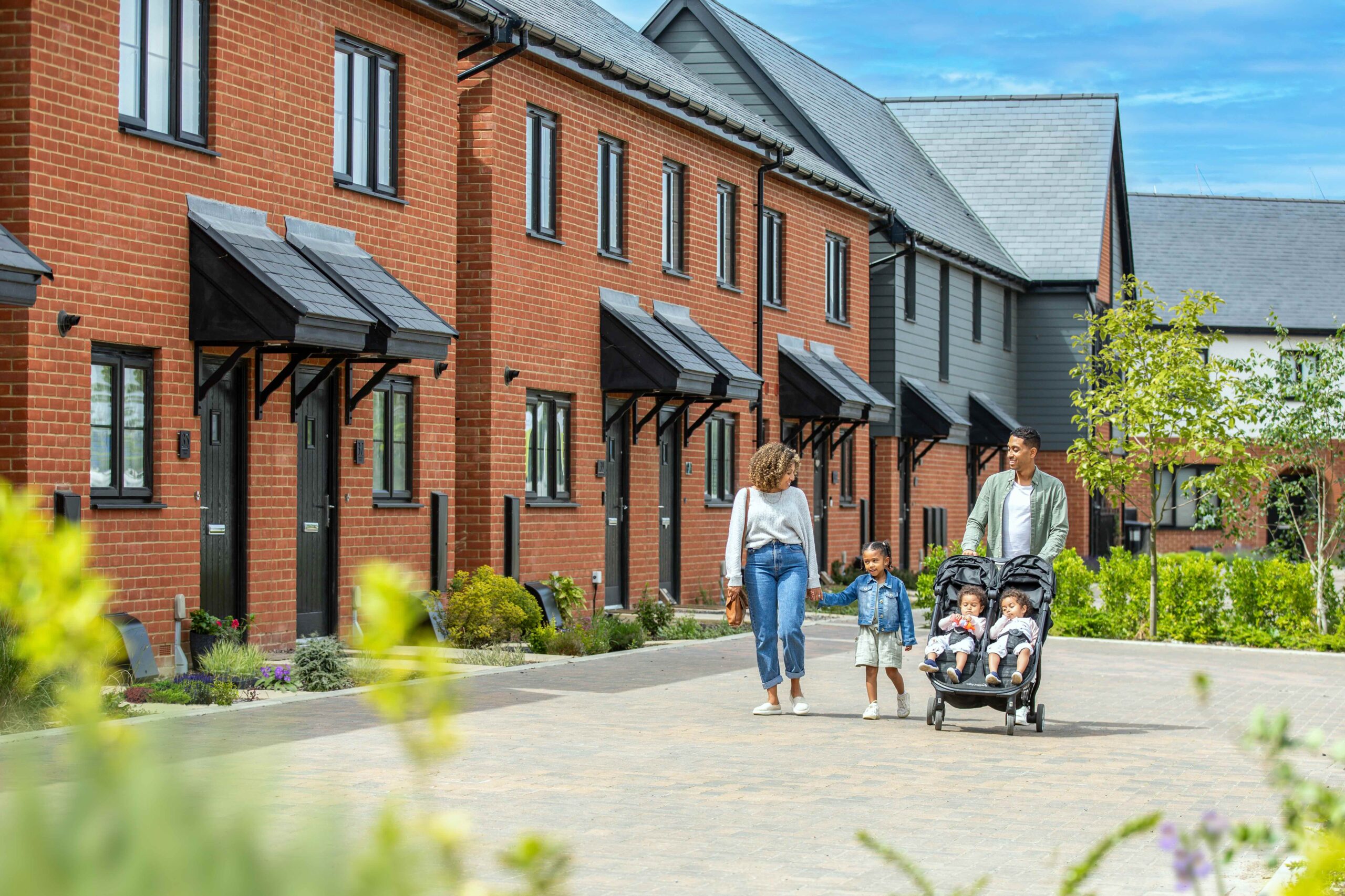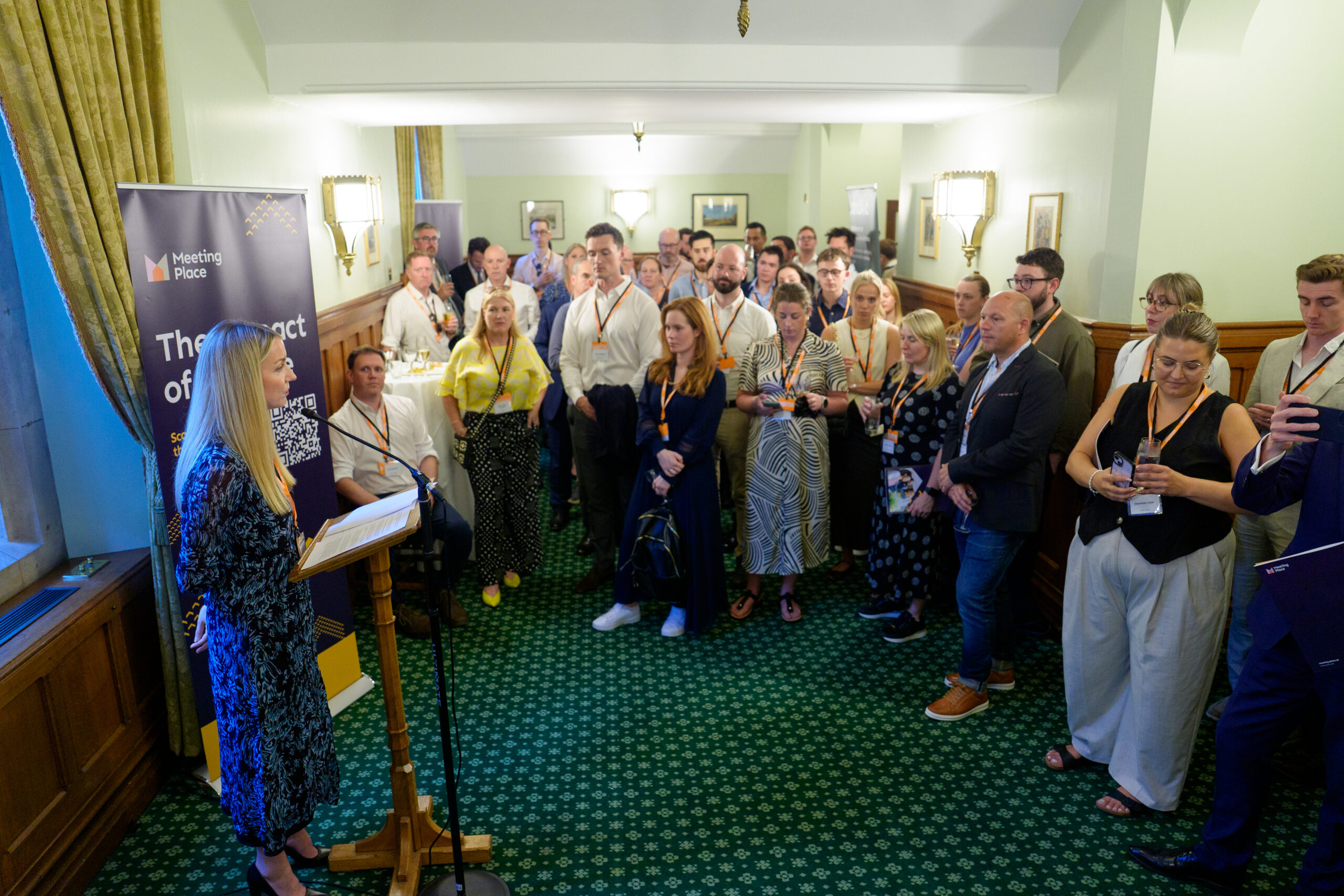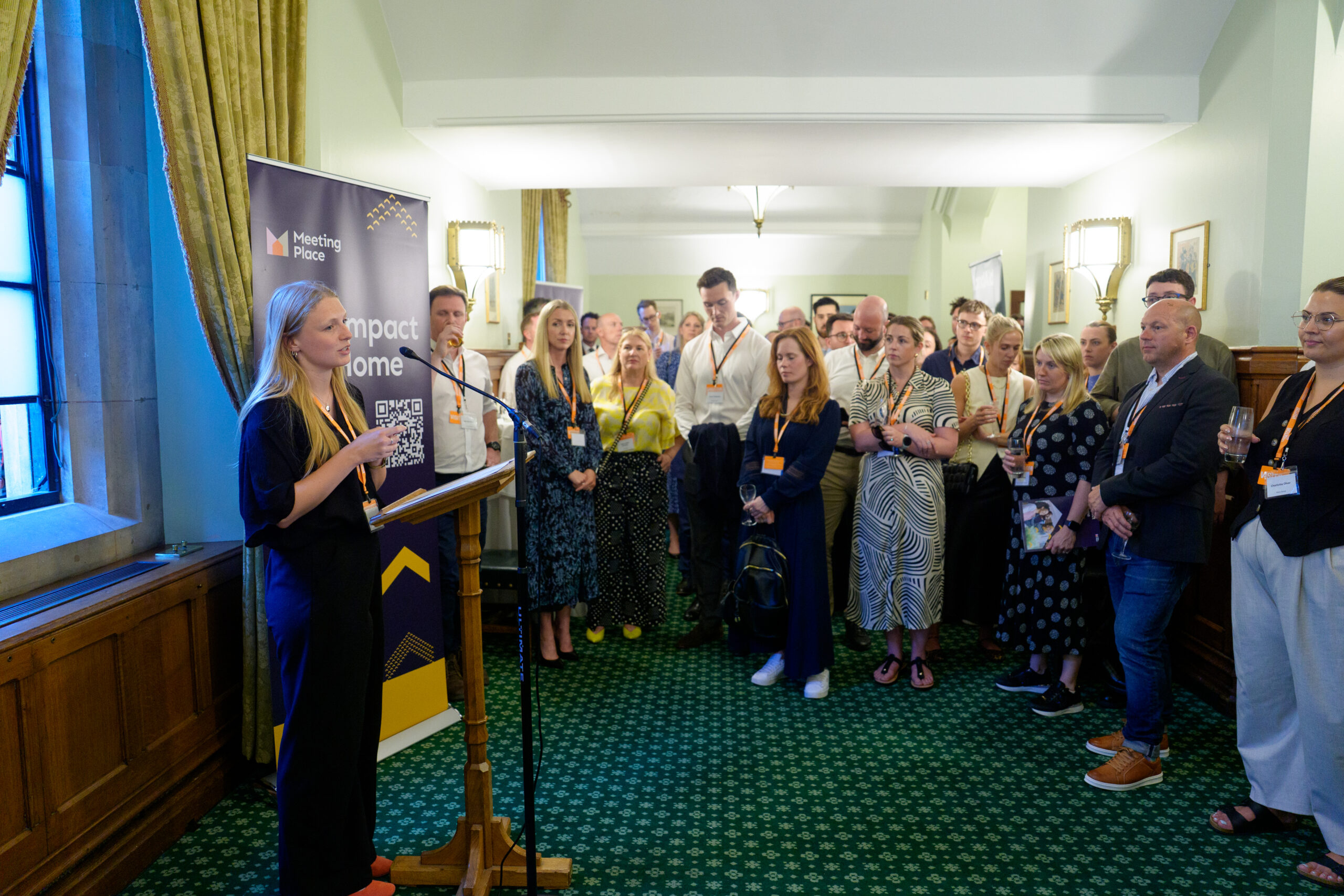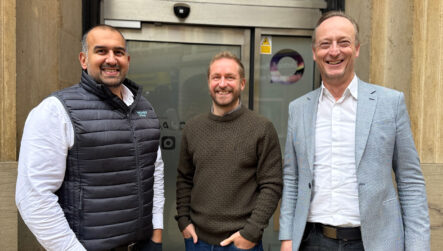
We all know the housing crisis is one of the most pressing issues facing the UK today. But a more important question lies beyond the headlines, targets and statistics: what does a home actually mean to the people who live in it?
This is the question Loop set out to answer, together with Meeting Place – planning communications, public relations and social impact specialists – by going beyond numbers to quantify the human impact of housing. Our new social value metrics measure not just homes built but lives improved. They help developers, planners and local authorities unlock planning, build trust and ultimately create better places to live.
Putting a value on lived experience
Housing schemes are often judged on outputs: the number of homes, the amount of investment and the short-term cost. However, what if we could go further and also measure the long-term value of a child growing up in their own bedroom? Or an older couple moving into a right-sized retirement home? Or a family accessing green space on their doorstep?
With Loop’s new metrics, we can – and with accuracy. Developed using ten years of government and fiscal data, HM Treasury’s Green Book and real-world modelling, the metrics bring together quantitative data, such as cost savings to the NHS or local economy, and qualitative data, like wellbeing and community cohesion.
The result is a robust and tangible monetary value that demonstrates the full social return on investment in new housing. And that’s a game-changer.
From policy to people: shifting the narrative
To meet government targets, 1.5 million new homes need to be built by 2030 – but we can’t let quantity come at the cost of quality. While planning conversations often focus on numbers, we also need to ask: are we building the right homes, in the right places, for the people who need them? And what is the wellbeing impact of doing so?
That’s where data comes in. Loop’s metrics allow us to measure how a development can improve individual lives and whole communities. From the wellbeing of a young person able to buy their first home through shared ownership, to the long-term impact of a green space in reducing social isolation – this is the kind of insight that shifts mindsets, unlocks planning, and wins support.
What are the social value metrics?
Created by Loop and Meeting Place, the metrics bring together 15 indicators across wellbeing, place, environmental and economic value. They’re mapped across geography, housing types and resident profiles to provide accurate, scenario-based outcomes.
Some examples from our report include:
• £9,543 wellbeing impact for an older couple moving into retirement housing
• £2,107 value for a young family in Manchester moving out of an overcrowded home
• £1,520 wellbeing impact for a child given access to a private garden in London.
These figures aren’t estimates – they’re backed by national datasets and transparent modelling. They provide a robust, traceable way to calculate and communicate the wider benefits of housing schemes.
Changing the conversation
For years, the value of housing developments has focused on volume. Now, by leading with the data and being equipped with the right tools, we can focus on value.
By articulating the real impact of a leisure centre, transport links, green space or a school in proximity to a development, we can make a stronger, more human case for planning approval. We can also build trust with local residents and decision-makers by showing the lasting return on social investment, something that is increasingly important in a competitive development landscape.
Nikki Davies, chief executive at Meeting Place, adds: “For many of us, our home makes us feel warmth and security. It’s somewhere where we can recharge, exercise, study or work and spend time with family and friends. Yet until now, it’s been difficult to distil and calculate the impact a good quality home can have on our everyday lives.
“For the first time, our research puts the spotlight on what it really means to have a home of your own and provides a timely reminder of why we need to redouble efforts to alleviate the country’s chronic and ever-increasing housing crisis. Through government, industry and communities working together, we have the power to generate tens of billions of pounds worth of impact, transforming lives for millions of people up and down the country.”

Avoiding social washing
Overclaiming social value is risky. It can damage reputations and derail planning applications. That’s why accuracy and transparency are critical. Ethan Campbell, senior economist at Loop, said: “Our metrics are aligned with the Green Book cost-benefit model and built on robust, credible data.
“It means developers can confidently embed social value into every stage of planning and delivery, without fear of overpromising, while shareholders can feel assured that their funding towards affordable housing can be quantified.”
Designing with social value in mind
Social value shouldn’t be an afterthought. It needs to be built into schemes from day one. Because social value isn’t something you retrofit – it starts with intent.
With Loop’s metrics, developers can do more than just win planning; they can shape better outcomes. By using social value to inform design, layout and housing mix, we can create places that genuinely support long-term health, wellbeing, and community.
What’s next?
Social value metrics are just the beginning. As the housing sector evolves, so too must our tools for demonstrating impact. At Loop, we’re already working on the next phase of development, ensuring that what matters most continues to be measured.
We’re exploring:
• Long-term tracking of wellbeing outcomes, so we can understand not just the immediate effects of housing, but how it shapes lives over time, such as what it means for a child to grow up in a stable home or for an older adult to live near family support.
• Integration with design codes and building materials, including the social and environmental benefits of different construction types, like timber versus concrete.
• More granular, place-based data, allowing developers to tailor assessments to the specific needs of each community, development type or demographic.
• Articulating existing impact, enabling weighted comparison between developments, including those already embedded in communities.
• Broader collaboration, to bring together developers, local authorities, planners and communities in using these insights to shape housing policy and delivery at scale.
The education problem
While there is conflicting data on the extent to which the UK public is pro-development, the number of people identifying as NIMBYs has gone up to 23% from 17.5% in late 2024 (The MIMBY Majority, Royal Town Planning Institute, 2025). This demonstrates that people are still hesitant to engage with new projects and embrace the need for these to be built.
As Ruth Skidmore, social impact lead at Meeting Place, puts it: “We need to better educate society on what social value can truly mean. We should continue to amplify the stories and voices of real people, showing the impact on their lives from good quality places and spaces. However we should also use education to remove barriers around using monetary figures when engaging with the public
“If we can instill the monetisation aspect earlier in the education setting, including in training prospective planning and construction professionals, we will be better placed to communicate with local government and the public on what tangible social value means. We do need a strong collective vision from the industry to push this forward.”

Ultimately, the goal is simple: to ensure that the homes we build reflect the lives we want to support. By putting people at the centre of planning – backed by data – we can design, build and invest in communities that thrive. Homes are more than bricks and mortar. They are where lives happen. It’s time we started measuring the value of that.
Download the full report to explore our methodology and findings in more detail, or get in touch to find out how Loop can support your next development.
Loop and Meeting Place presented their findings at the Social Value Matters hub at UKREiiF, the UK’s property and real estate forum, as well as part of Loop’s Social Value Matters knowledge series.
Book a free demo






























